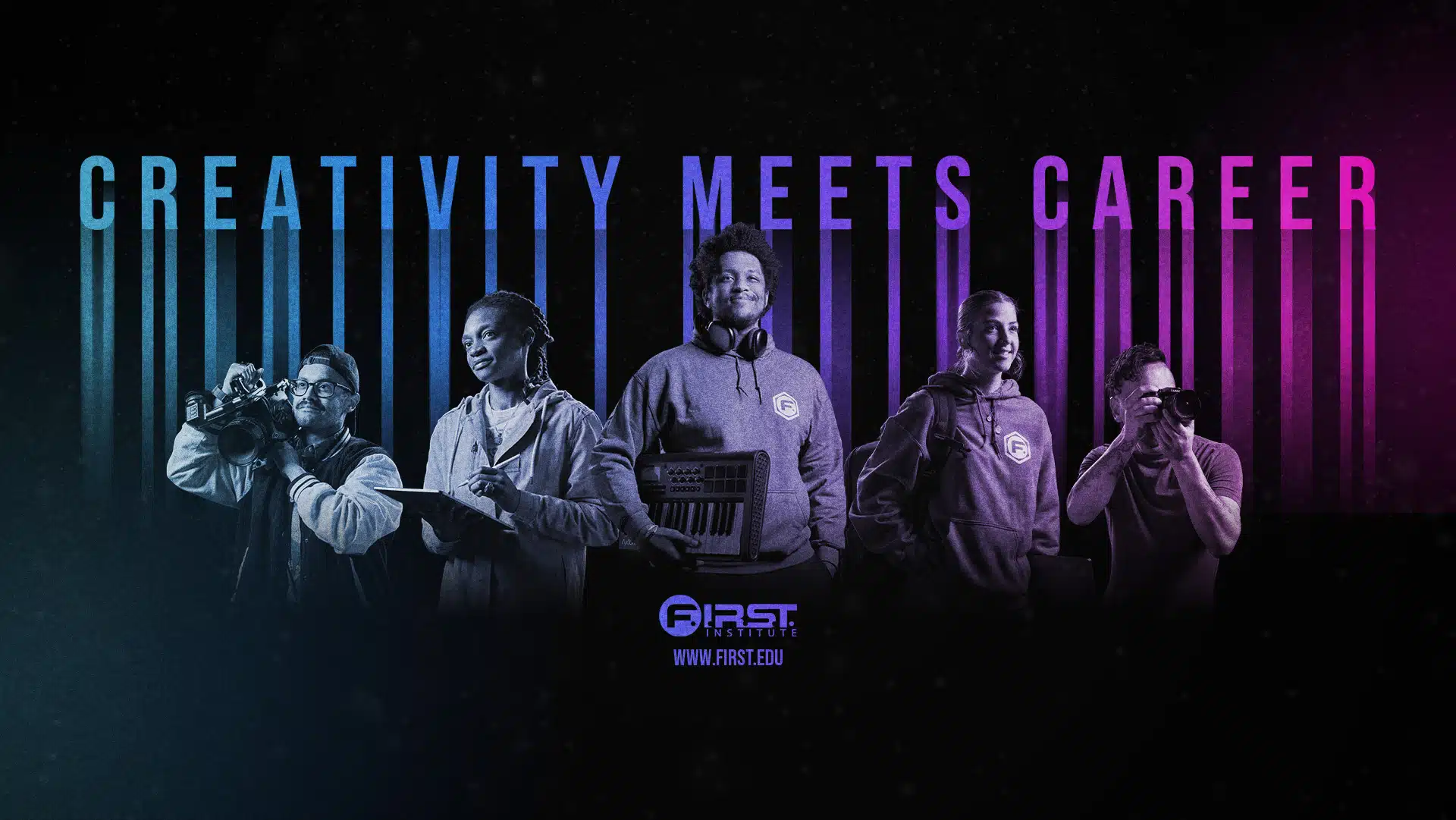What do you learn in graphic design school? Graphic design is one of the most creative ways to combine technology and art to communicate ideas, but what exactly is graphic design? A graphic designer job description will include working with computer-generated, photographed, painted and/or drawn images.
Graphic designers also make money designing letter forms for things like menus, magazines, books, TV ads, movie credits and even computer screen typefaces. Attending graphic design programs or a college for graphic design can prepare you for this job in the design industry, so let’s discuss what you’ll learn while in school.
4 TYPES OF GRAPHIC DESIGN NICHES TO HELP YOU MAKE MONEY
This art is a major part of everyday life that many people may not even notice without looking for it. Designed graphics are used on the simple things in life, including billboards, candy bar wrappers, T-shirts, album covers, magazine ads, and even custom business logos. When you learn graphic design, you learn how to identify, locate, stimulate, organize, persuade, inform, provide pleasure and attract attention through your work.
So, what does a graphic designer do? What is graphic design? As a graphic designer, your job is to convey your client’s message to the target audience using various communication tools. The two main tools are typography and image. Here are four types worth grasping as you learn graphic design at a graphic and web design school.
1) IMAGE-BASED GRAPHIC DESIGN
Images (or pictures) can be used to symbolize the ideas your client wishes to communicate. Pictures can be very compelling and powerful communication tools. As the saying goes, a picture speaks a thousand words. That’s why they’re so great at conveying information, as well as emotions and moods. Your client’s audience will instinctively respond to images you create based on previous experiences, associations and their personalities.
When it comes to image-based types of graphic design, the picture must convey the entire message, as opposed to words.
2) TYPE-BASED GRAPHIC DESIGN
Sometimes, graphic designers do use words to get the message across. But, these artists don’t use words in the same manner as writers might. When it comes to making a living as a graphic designer, you have to be just as concerned with how the words look as the actual meanings of the words.
Good graphic design programs will teach you how to present info and data in a visual format. An example of a graphic designer job description may include doing this in print or on signs, packaging and/or film. Type-based design, or typography, is one of the lucrative and in demand types of graphic design in the industry today.
3) IMAGE AND TYPE COMBINATION GRAPHIC DESIGN
Not all graphic designers are able to master this as one of their niche types of graphic design. It involves combining typography (words) and images (fine art, illustration, photography, etc.) together. This combination helps to convey your client’s message to the target audience. What does a graphic designer do in this area? One must explore various avenues of creative possibilities that are presented by the words and images.
As a graphic designer, your job in this niche is to create the right images and letter forms, as well as establish a perfect balance between the two.
4) LOGOS AND SYMBOLS
Logos and symbols are extremely condensed identifiers for your customers or clients. Symbols are abstract types of graphic design that represent your client’s identity. One good example of this is the “eye” within the CBS logo. When you see this image, your mind automatically knows which brand it is associated with.
Logos are typographic art symbols based on words used as corporate identifiers. It takes a clear vision of who your client is in order to create logos and symbols to represent the client properly.
EXPLORE YOUR CAREER OPTIONS WITH US!
Here at F.I.R.S.T. Institute, we strive every day to be of service to our students and provide them with the very best that we can offer — from a faculty made up of experienced industry professionals to a broad spectrum of courses and a dedicated Career Development department, we do all we can to ensure that our students receive the best possible educational opportunities. We give students access to everything they need to succeed, both in class and on the job.
If you’d like to know more about our programs, please give us a call or send us an email! Our admissions team are standing by to answer any questions you might have.



